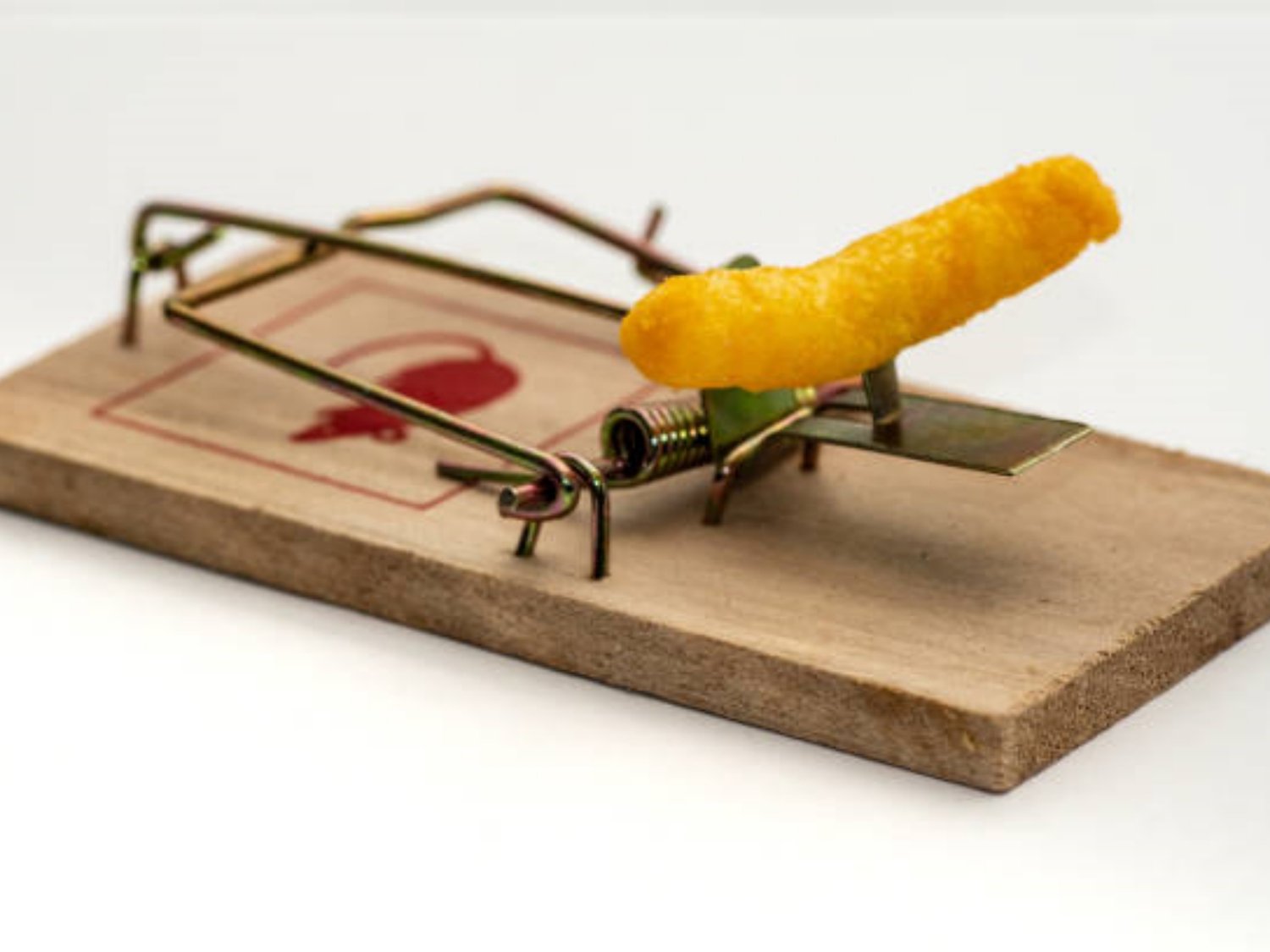Understanding the Role of tensioning springs in Mechanical Systems
Tensioning springs are an essential component in various mechanical systems. They are designed to store and release mechanical energy, providing the necessary force to balance or counteract external forces acting on a system. Whether it's in industrial machinery, automotive applications, or even simple household devices, tensioning springs play a crucial role in maintaining stability and ensuring smooth operation. In this article, we will explore the different aspects of tensioning springs and their importance in mechanical systems.
The Basics of Tensioning Springs
Tensioning springs, also known as extension springs, are helical-shaped springs that exert a pulling force when stretched or extended. They are typically made from high-quality materials such as stainless steel or music wire, chosen for their durability and ability to withstand high levels of tension. The design of a tensioning spring involves tightly wound coils that store energy when extended and release it when the force is removed.
Applications of Tensioning Springs
Tensioning springs find extensive use in various industries and applications. One common application is in automotive systems, where tensioning springs are used in engine components, suspension systems, and braking mechanisms. These springs help maintain the proper tension and alignment of belts, chains, and cables, ensuring efficient power transfer and reliable operation.
In the industrial sector, tensioning springs are utilized in conveyor systems, door mechanisms, and heavy machinery. These springs provide the necessary tension to keep belts and chains in place, preventing slippage and ensuring smooth movement. They also help counterbalance heavy loads, reducing the strain on motors and improving overall efficiency.
Tensioning springs are also used in various household devices, such as garage doors, trampolines, and exercise equipment. In garage doors, tensioning springs assist in the lifting and lowering process, making it easier to operate the door manually. Similarly, trampolines rely on tensioning springs to provide the necessary bounce and support for users. Additionally, exercise equipment like resistance bands and weight machines incorporate tensioning springs to create adjustable resistance levels.
The Importance of Proper Tensioning
Proper tensioning of springs is crucial for the efficient and safe operation of mechanical systems. Insufficient tension can lead to slippage, reduced power transfer, and potential system failure. On the other hand, excessive tension can cause premature wear, increased stress on components, and even catastrophic failure. It is essential to follow manufacturer guidelines and specifications to ensure the correct tensioning of springs in any given application.
Factors Affecting Tensioning
Several factors influence the tensioning of springs, including the material properties, wire diameter, coil count, and initial tension. The material properties determine the spring's tensile strength and resistance to fatigue, ensuring it can withstand the required tension over its lifespan. The wire diameter and coil count affect the spring's flexibility and extension capabilities. Additionally, initial tension refers to the force exerted by a spring in its free state, which influences its overall performance and behavior.
Maintenance and Inspection
Regular maintenance and inspection of tensioning springs are essential to identify any signs of wear, fatigue, or loss of tension. Visual inspection for corrosion, cracks, or deformation should be performed, and any damaged springs should be replaced promptly. Lubrication may also be necessary to minimize friction and ensure smooth operation. It is recommended to consult the manufacturer's guidelines for specific maintenance requirements.
Conclusion
Tensioning springs play a vital role in maintaining stability, balance, and efficient operation in mechanical systems. Their ability to store and release energy makes them invaluable in various applications, from automotive and industrial machinery to household devices. Understanding the basics of tensioning springs, their applications, and the importance of proper tensioning is crucial for ensuring the longevity and optimal performance of mechanical systems.

